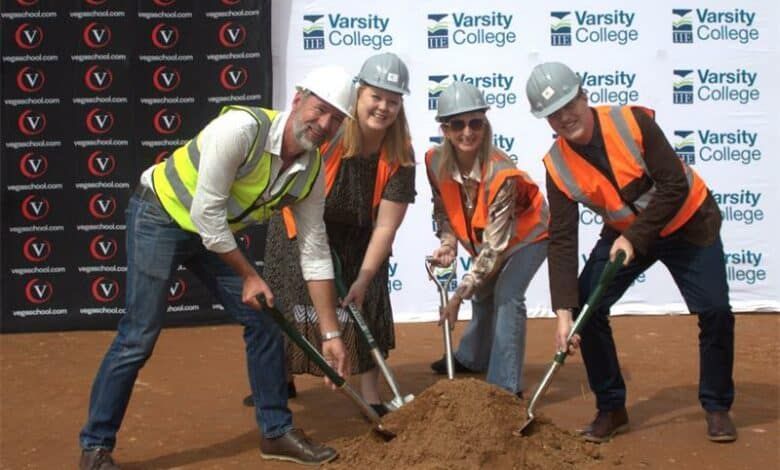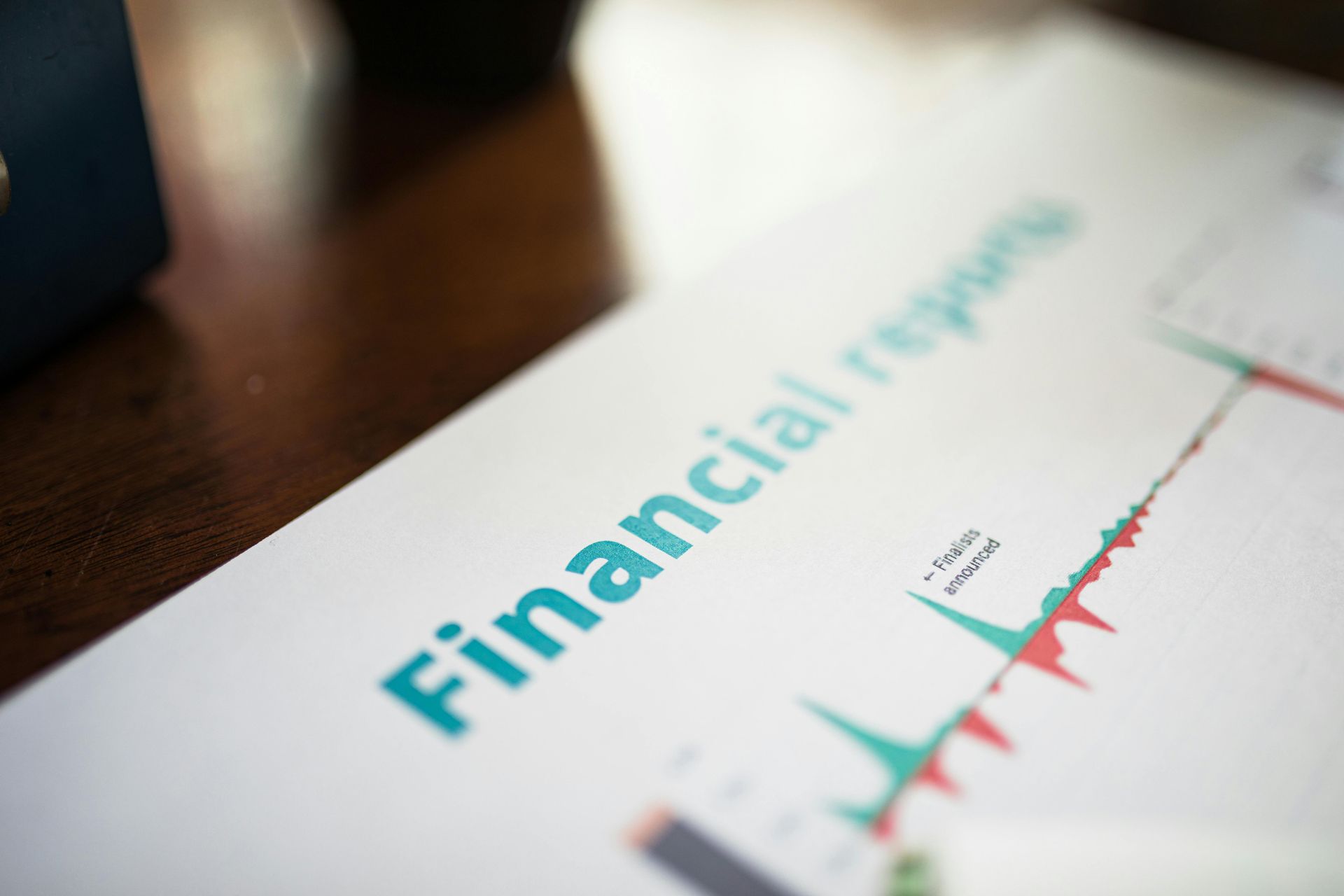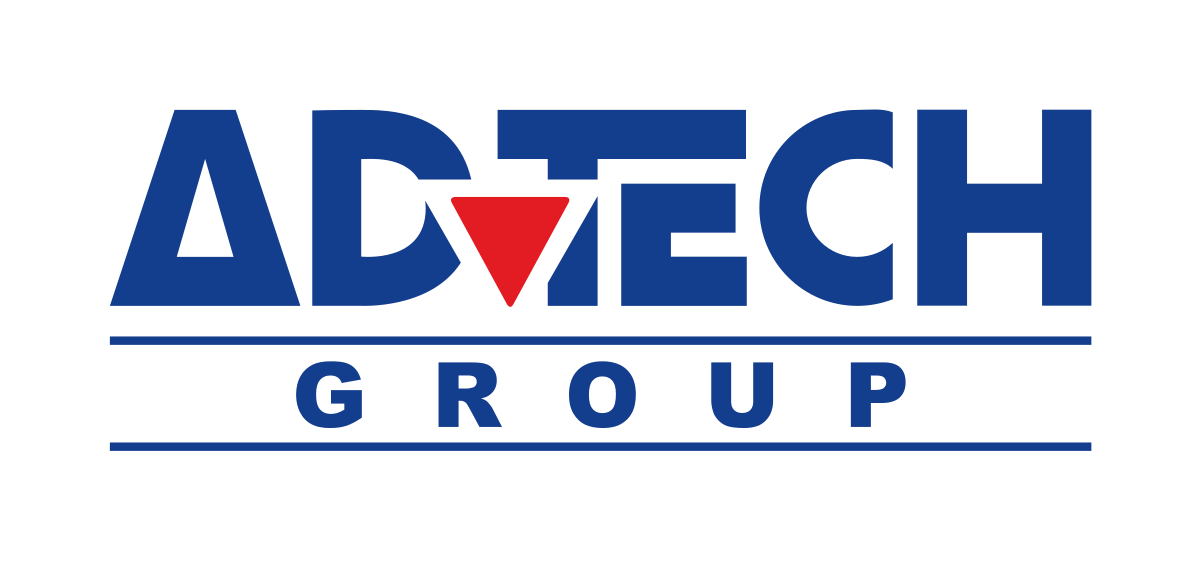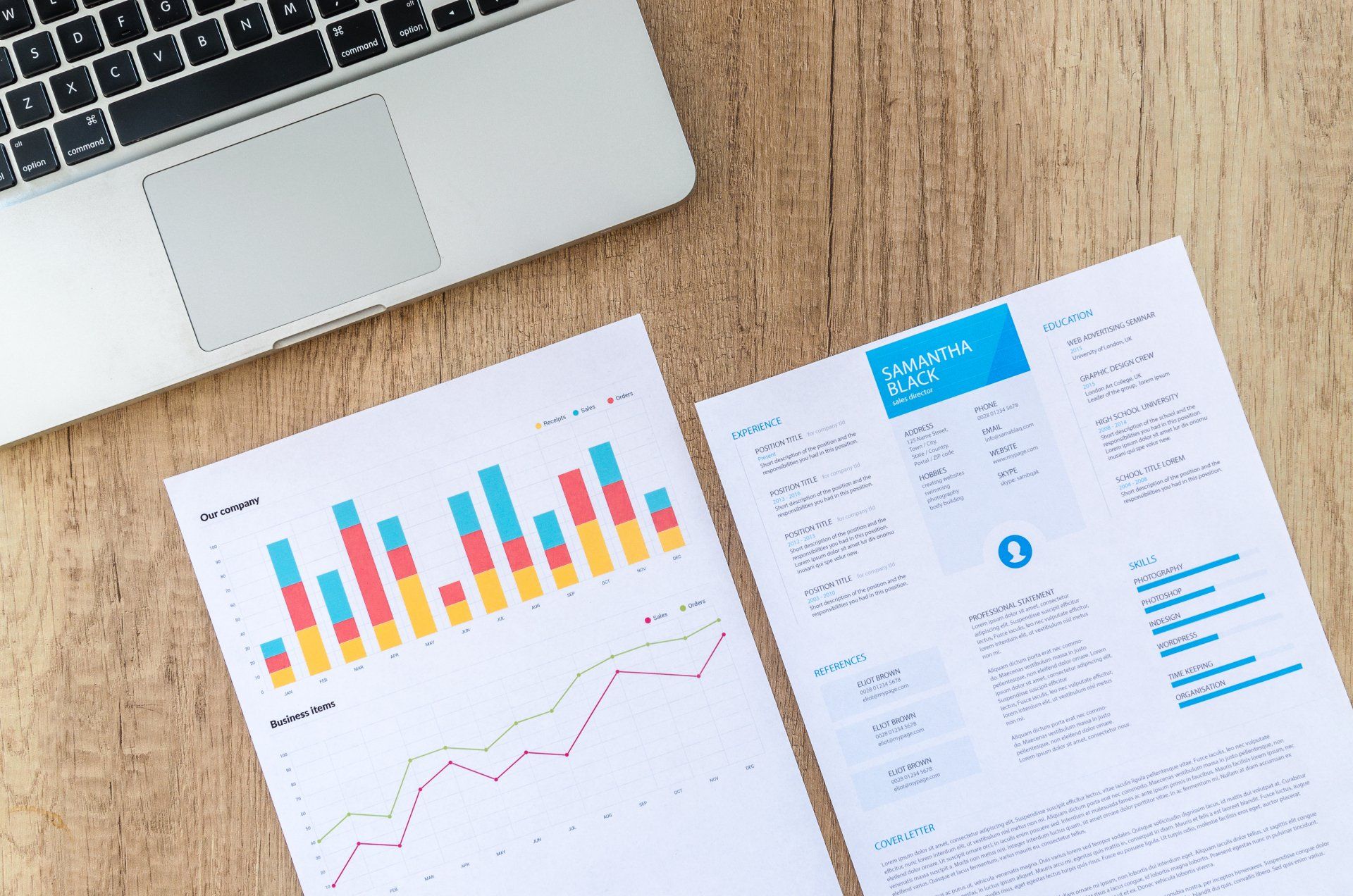6 Emerging workplace trends: Rising to the challenges of change
As South Africa faces a lifting of some restrictions following the country’s move to lockdown Level 2, the impact of Covid on workplaces will remain for some time, and is likely to continue for the foreseeable future, regardless of the progress of the pandemic, an expert says.
“Covid and lockdowns have fundamentally shifted how we as human beings, live, work, school our children, shop, entertain and interact with the world around us. And while we may have initially hoped that the disruption caused by hard lockdown would be transitory, we have to accept that some of the things that we thought would only be temporary changes and adaptations to lockdown are now here to stay,” says Georgina Barrick, Managing Director at Network Contracting Solutions, ADvTECH Resourcing’s Contracting Division.
She says there is no longer talk – as there was during the first months of the pandemic – of ‘when things go back to normal’.
“We now understand that there is no going back to the way we were. But while these radical, dynamic and ongoing changes create daily challenges for leadership, it’s also true that they present unique opportunities to recalibrate and move forward positively, with an understanding of the changes, challenges and the strategy that will be required.
“Resilient and change-fit leaders will emerge victorious and those trying to turn back the clock to the way that things were will undoubtedly flounder.”
Barrick says some of the clear trends emerging now, indicating the new direction of the world of work, include:
Trend 1: A Hybrid Work Model as the Default Approach
2020’s remote work is slowly being replaced by a hybrid home/ office work model that represents the best of both worlds, she says, but challenges remain for leaders, particularly in accepting hybrid as the new status quo and not just as a stopgap solution.
“To make hybrid really work, the first step is for leaders to set clear, consistent boundaries that apply to all in order to avoid inequality, exclusion or unconscious bias,” she says.
Work also needs to be done on building (and embedding) the right culture for hybrid teams. A culture that uses technology and positive internal communication to align all team members and bring them together, irrespective of where they may be based.
Finally, thought needs to go into creating ‘pull factors’ for office space, to encourage social interaction and active engagement so that time spent in-office is about collaboration on team-based projects, while solo tasks that require more introspection or quiet time are done at home.
“Ultimately, hybrid work is about holding people accountable, without the need to micromanage.”
Trend 2: The Shift Towards a Flatter Organisational Structure
Spurred on by how technology has improved information flow, more companies are adopting flatter organisational structures and are enjoying the benefits of lower operational costs, improved communication and increased motivation.
“The role of the leader is also changing. The idea of a ‘hero leader’ who holds all expertise and single-handedly leads the company is outdated. Successful leaders of the future are collaborative, agile, adaptable and, instead of leading from the front, they believe that their role is to articulate vision and inspire their teams to achieve,” says Barrick.
Trend 3: The Rise of Continuous Development (for All)
Post-COVID, ongoing and rapid change, evolving technology and ever-increasing information will make continuous development a must, not only to outsmart the competition but also to fill inevitable skills gaps, notes Barrick.
“To be properly agile and adaptable, we need to gear continuous learning towards the right blend of hard and soft skills, developing traditional left-brained thinking (quantitative analysis and logic), while supporting and promoting right-brained thinking (like design, creativity and empathy). To succeed, we will need people who view the world differently and can see what others can’t imagine.”
Trend 4: High Employee Turnover
Short term, companies need to brace for high turnover, Barrick warns.
“As the pandemic wanes, pent up lag in the system will see many people quit, move jobs or emigrate. Events of the past 18 months have forced us all to rethink our futures – from what we want to do, to where we want to live and how we want to live our lives. In South Africa, the added worry of recent unrest is going to push some of our brightest talent to seek out opportunities offshore as the world reopens.
“So it’s vital that we start to think outside the box about talent. From how we can nurture our teams and make them feel valued right now to changing our thinking about how (and from where) we access talent. As an example, changing cities or countries doesn’t have to mean changing jobs.”
Trend 5: The Rise of the Non-Permanent Workforce
Barrick says that as turnover rises and the skills gap widens further, non-permanent workforces will become central to company talent strategies. Specialists who are able to deliver on short-term projects, deal with the issues of today or supplement talent gaps (outside of the traditional permanent payroll) will be in demand.
“Recently, we have seen an increase in requests from offshore companies looking to set up contracting teams in South Africa to deliver on global projects. We predict that the need for ‘on-demand’ talent will continue to rise over coming years as some companies expect that up to 40% of their total workforce could be non-permanent.”
Trend 6: A Sustainable Pace is Non-Negotiable
“The hard truth is that the relentless challenges of the past 18 months have worn us all down. We’ve all had to gear up to cope and steer our business’ through recent storms, working long hours at a brutal pace. And, in the post-pandemic world, things are likely to be unstable and unpredictable for a while yet. Leading through a prolonged crisis is exhausting,” Barrick says.
She says that even time off won’t substantially take the edge of pandemic stress.
“The only real long-term cure for an unsustainable pace is to create a sustainable pace. This means picking projects carefully, mastering the art of saying no, building time into your diary for downtime and quitting things that aren’t working early. Remember that the price of an unsustainable pace is burnout and no-one can really afford that.
“As we continue to try and function optimally within our current environment, it is imperative that we identify and learn from the lessons of the past year and a half, to ensure we smooth, as much as possible, the road ahead.”
ADvTECH Updates










